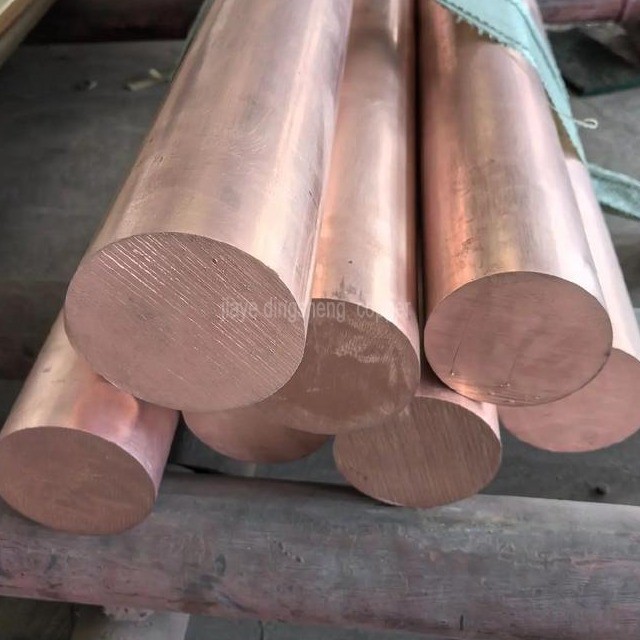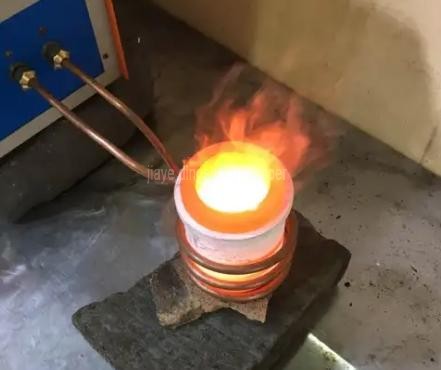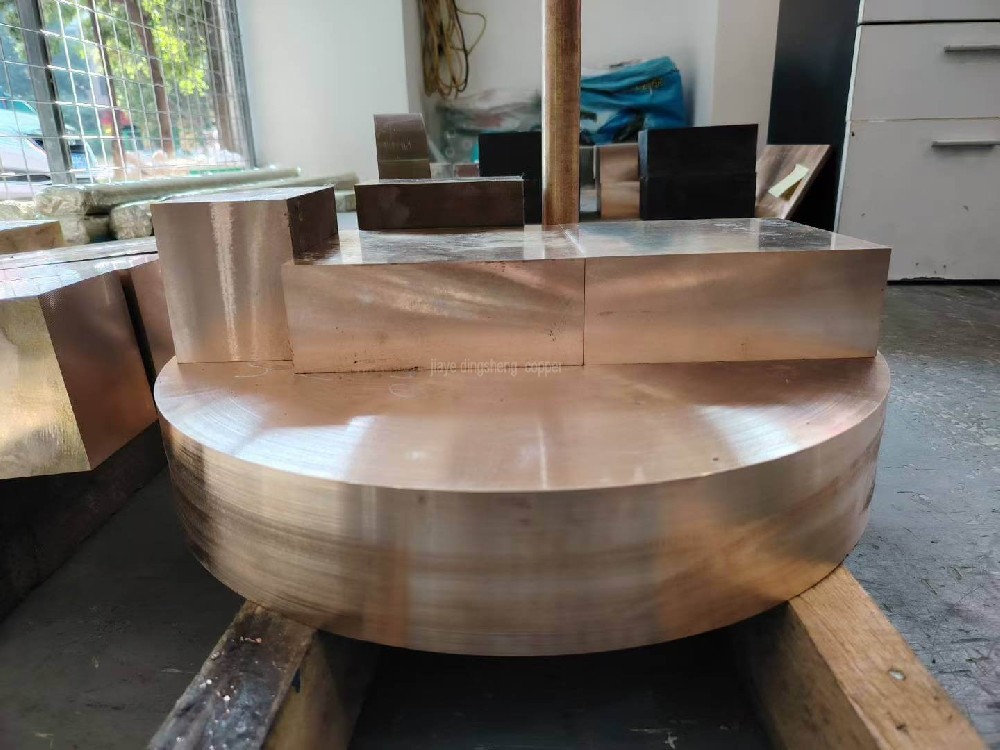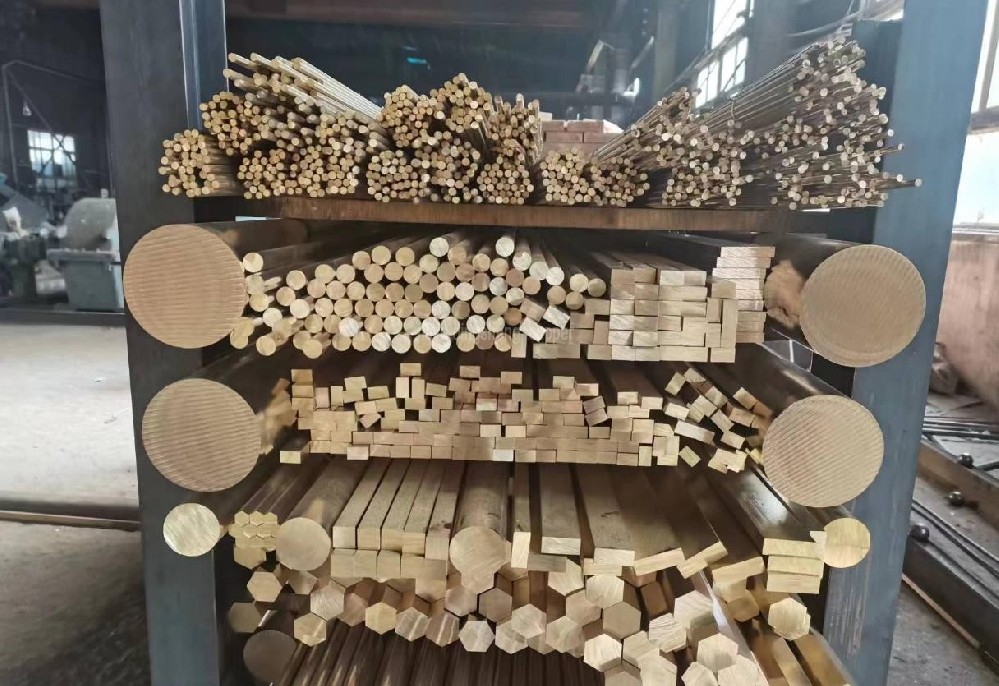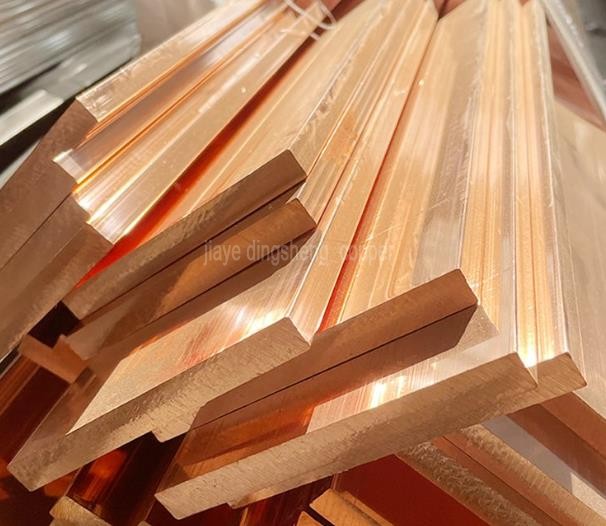High-purity phosphorus bronze application in precision manufacturing fields
As an "upgraded version" of copper-based alloys, high-grade phosphor bronze is produced by adding elements such as phosphorus and tin. While maintaining the excellent electrical conductivity of copper, it increases the hardness by 1.5 times that of ordinary brass and enhances the fatigue resistance by 30%, making it an indispensable material in the field of precision manufacturing.
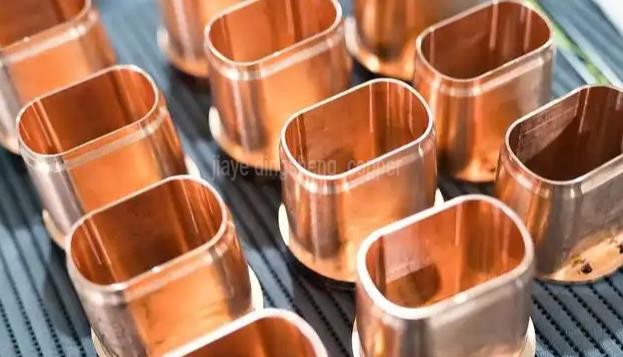
Performance breakthrough: The leap from the laboratory to the industrial setting
The development of high-precision phosphorus bronze began with the breakthrough in overcoming the performance limitations of traditional copper materials. Pure copper has excellent electrical conductivity but is insufficiently hard and prone to deformation; brass, by adding zinc to enhance its strength, loses its corrosion resistance. The innovation of high-precision phosphorus bronze lies in controlling the phosphorus content (0.05%-0.3%) and the tin content (3%-10%), forming stable intermetallic compounds at the grain boundaries, which creates a "hard barrier" to prevent dislocation movement and enhance strength, while the phosphorus oxide film formed enhances corrosion resistance.
Take the connector of a certain new energy vehicle battery as an example. Traditional materials tend to undergo creep under extreme temperature differences ranging from -40℃ to 120℃, resulting in a significant increase in contact resistance. However, the connector made of high-precision phosphor bronze has a contact pressure attenuation rate of less than 5% after 100,000 plug-in and unplugging tests, ensuring the stability of the battery pack during long-term vibration. In an example of an aircraft engine fuel pump, the gears made of high-precision phosphor bronze have a wear rate of one-third that of ordinary materials, and their lifespan is extended to over 8,000 hours.
Process Innovation: Precise Control from Melting to Forming
The performance advantages of high-purity phosphorus bronze stem from the precise control throughout the production process. In the melting stage, a medium-frequency induction furnace is used to heat electrolytic copper to 1150℃. After complete melting, high-purity tin ingots and phosphorus-copper intermediate alloys are added in batches, and electromagnetic stirring is employed to ensure uniformity of the composition. A certain factory once experienced a situation where insufficient stirring led to a hardness deviation of 20HBW in the same batch of materials, resulting in a scrap rate of over 30%.
During the casting stage, the horizontal continuous casting technology, combined with graphite molds and circulating cooling water, enables the alloy liquid to solidify at a rate of 15 millimeters per minute, thus avoiding internal porosity. A certain enterprise experienced a 50% defect rate in ultrasonic testing due to an excessively fast casting speed. After adjusting the parameters, the yield rate increased to 95%. Subsequent processes such as homogenization annealing (holding at 680°C for 8 hours), cold rolling (with a reduction of 0.1 millimeters per pass), and finishing operations further eliminated internal stresses, resulting in a surface roughness of Ra0.8 μm, meeting the strict cleanliness requirements of semiconductor equipment.
Application Expansion: Cross-border Empowerment from Electronics to Energy
In the electronic field, high-precision phosphorus bronze has become the material for 5G base station filters and high-frequency connectors. Its low contact resistance (<0.5mΩ) and high elastic modulus ensure the stability of signal transmission. A communication enterprise's test showed that the connectors made of high-precision phosphorus bronze had a 0.2dB reduction in insertion loss and a 15% reduction in power consumption at a 10GHz frequency band.
In the energy sector, high-quality phosphorus bronze is playing a crucial role in the upgrading of new energy industries. In photovoltaic inverters, its resistance to electrical corrosion enables the contactors to last up to 20 years; in the hydrogen storage and transportation process, the phosphorus bronze valves maintain sealing performance in high-pressure hydrogen environments, with a leakage rate lower than 0.01 ppm. A hydrogen fuel cell enterprise that adopted high-quality phosphorus bronze bipolar plates saw an increase of 3% in battery stack efficiency and a reduction of 12% in costs.

